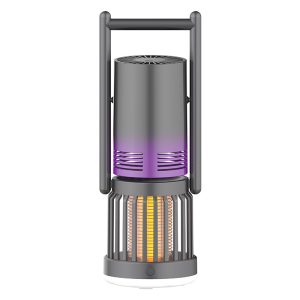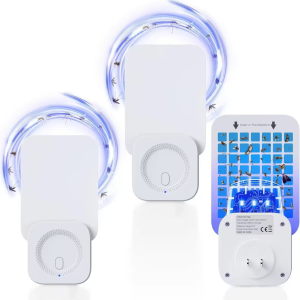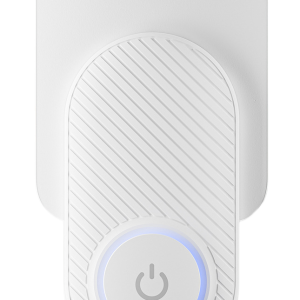If you’ve ever leaned over to whisper, “I’m setting up a trap tonight”, you’ve probably wondered: Is this tiny creature eavesdropping on my plan? Spoiler: Mice can’t understand human language—but their ears are far more powerful than you might think, and they can pick up on clues that something’s amiss. Let’s break down the science of mouse hearing and whether your late-night plotting is actually tipping them off.

First: What Can Mice Hear?
Whether the mice “hear” your capture plan or not, we need to start with the basics of their auditory system. Humans typically hear sounds between 20 Hz and 20,000 Hz. What about mice? Their hearing range is dramatically wider—they can detect sounds from 200 Hz all the way up to 91,000 Hz. That means they’re sensitive to ultra-high-pitched noises we can’t even perceive, like the hum of a fluorescent light or the whir of a laptop fan.
But here’s the key: Mice don’t process language the way we do. They can’t distinguish between “I’m going to catch you” and “Pass the salt”—to them, human speech is just a stream of low-to-mid-frequency sounds. Those frequencies are at the lower end of a mouse’s hearing range, so while they might notice your voice, they don’t interpret it as a “threat message.”
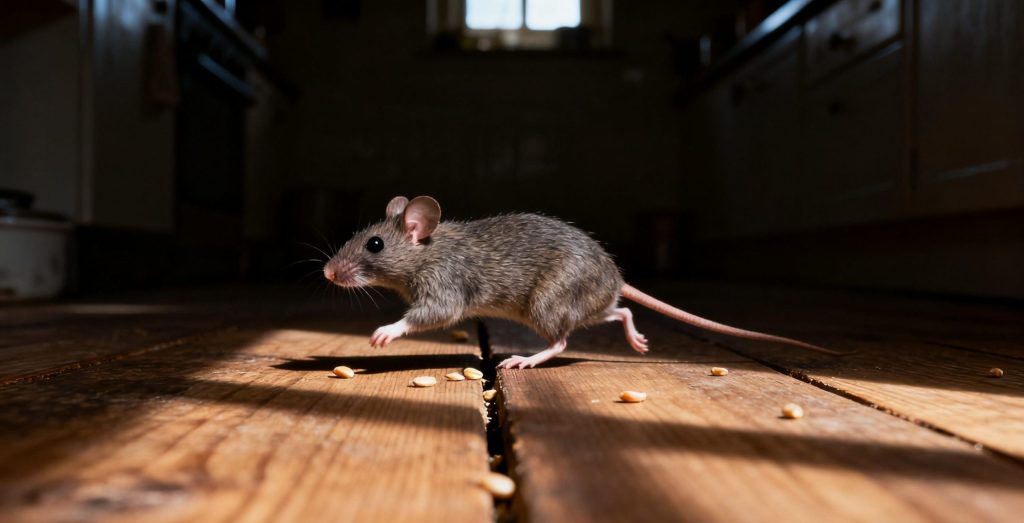
What Do Mice Notice, Then?
Although mice can hear us, they cannot understand human language. So, if you’re discussing setting up a mouse trap or planning a way to catch mice, the actual words mean nothing to them. What mice do notice is:
- Tone of voice – loud or sudden noises can scare them.
- Movement sounds – footsteps, moving furniture, or handling objects.
- Environmental changes – new items like traps or bait placed in their path.
This explains why mice sometimes seem to avoid traps: it’s not because they understand your plan, but because they detect changes and instinctively become cautious.

1. The “Setup” Sound
Mice have excellent memories for environmental sounds. If you tear the snack bag apart, or drag a chair across the floor, they’ll associate those noises with risk. A 2018 study in the Journal of Comparative Psychology found that mice avoid areas where they’ve heard unusual, repetitive sounds—like the click of a trap being set up.
2. Your Body Language (Yes, Really)
Mice’s vision does not as well as humans, but they’re hyper-aware of movement and vibration. If you lean in slowly, hold your breath, or tense up while talking about catching them, they might detect the subtle vibrations of your body (through the floor or air) or the shadow of your movement. These non-auditory often scare them off faster than your voice.
3. Stress in Your Voice
Even if they don’t understand words, mice can pick up on the tone of human speech. When we’re focused or anxious (like when we’re plotting to catch a pest), our voices get higher, faster, or shakier. These changes in frequency and rhythm as “unfamiliar” to mice, triggering their natural fear response. A calm, neutral voice is less to alarm them than a tense one.
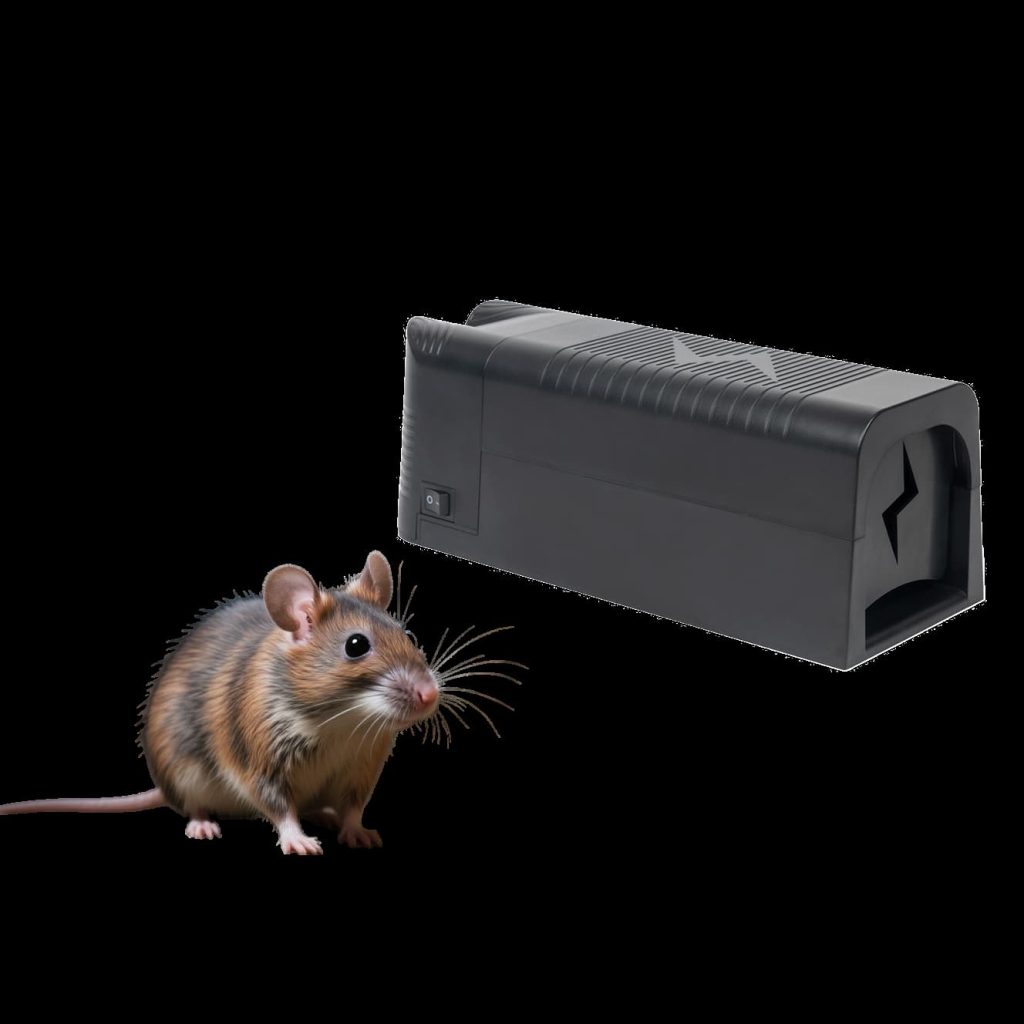
So, Should You Stop Talking About Catching Mice
Probably not—unless you’re making a lot of loud, unusual noises while you do it. The biggest risk to your “plan” isn’t your words; it’s the sounds and movements that come with preparing to act. If you want to outsmart a mouse, focus on:
- Being quiet during setup: Handle traps gently to avoid clicking or rattling.
- Keeping bait smells consistent: Mice are wary of new scents, so if you use peanut butter, don’t mix it with something unfamiliar (like vanilla extract) that might make them suspicious.
- Changing tactics if they avoid traps: Mice learn quickly—if they steer clear of a snap trap, try a glue trap or live trap instead (and place it in a different spot).
Can mice hear us?
So, can mice hear us planning to catch them? Yes — they can hear the sound of our voices and movements, but they don’t understand what we’re saying. What truly affects their behavior is noise, sudden activity, and changes in their environment. To successfully catch mice and protect your home, focus on smart rodent control strategies, reduce human scent around traps, and place traps in high-activity areas.
With patience and the right approach, you can outsmart these cautious these creature and keep your home mouse-free.
Product
Bug Outdoor & Indoor Zapper Fan
$55.00Original price was: $55.00.$46.00Current price is: $46.00.Double Kill Mouse Trap
$87.00Original price was: $87.00.$77.00Current price is: $77.00.Flying Insect Trap Indoor
$45.00Original price was: $45.00.$38.00Current price is: $38.00.Flying Insect Trap Plug-in
$45.00Original price was: $45.00.$38.00Current price is: $38.00.
